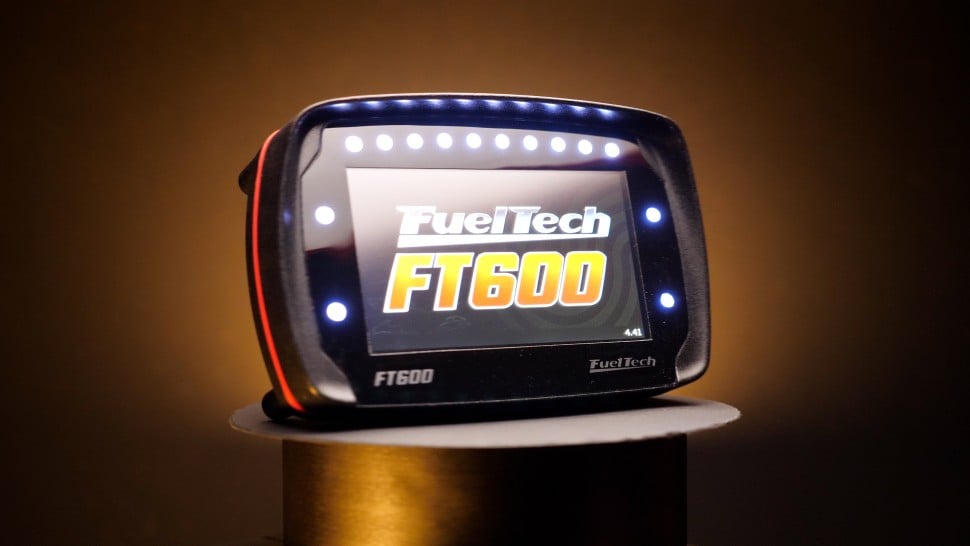What are the advantages to using Gapless rings?
In this [TECH TALK] Andre talks to Keith from Total Seal Rings about their gapless rings, the design of their rings and how they work better than a conventional ring.
Covered is a brief history of the gapless ring and why we need a gapless ring when building high-performance engines in relation to blowby and leakage as well as oil contamination, or in Total Seals Gapless rings case, a lack of all these things. After all, as Keith mentions, no matter what other parts you have in your build, if your rings aren't sealing and helping draw as much air into your cylinders as possible you're potentially wasting your time and money.
Also discussed is a theory around the setup of the top rings and second ring where many suppliers and manufactures advise leaving a bigger gap on the second ring helps avoid a pressure build-up and destabilisation of the top ring, known as ring flutter. Total Seals Keith explains that while the theory holds water, it’s not 100% true as the specific set of parameters required to cause ring flutter are very rare with misdiagnosis causing a lot of confusion around the topic.
The decision process between a gapless top or second ring plus what sort of heat considerations and management you should be aware of with the different rings? With friction reduction in mind ring thickness and micro-welding along with the common causes of this are also touched on.
00:00 - Intro
00:30 - Gapless ring design
00:50 - Brief history on the gapless ring
01:20 - Why do we need gapless rings?
02:00 - Advantages of a gapless ring?
04:13 - Top Ring & Second Ring setup theory
06:08 - Which setup should you go for?
06:51 - Heat considerations?
07:47 - Ring widths & Sealing
09:40 - Heat Management & Micro Welding
11:50 - Radial Tension of rings
13:47 - Total Seal Products
14:29 - Outro
Want to learn how to tune EFI? Start here instantly, and for free.
![Behind the Scenes of a Gapless Piston Rings And Ring Flutter [#TECHTALK] - Featured Image](/assets/a3748e8776/IMG_0242__FillWzc4MCw0MzBd.jpg)







Comments
No one has commented on this page yet.